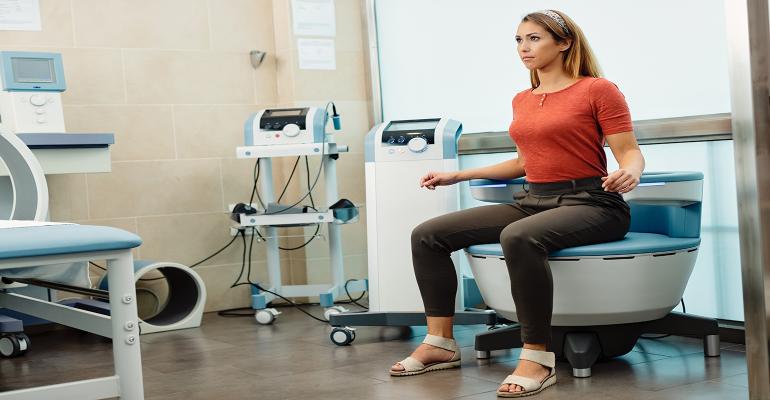Urinary leakage during exercise, or when coughing, laughing, or sneezing, are not an inevitable result of ageing or pregnancy. Women should feel comfortable discussing these problems with their doctor.
According to Cleveland Clinic Abu Dhabi’s newly appointed female urologist Dr Seema Sheth, women now have a range of treatment options that can help address stress incontinence. These range from behavioural therapies, physical therapy, and various surgical treatments.
“Urinary incontinence is more common in women than men and yet women are likely to suffer in silence. One of the main reasons is the normalisation of it – women believe that it is normal to leak as you get older or once you have had children. But just because something is common, it does not mean that it is normal,” says Dr Sheth.
“Another problem is that there are only a small number of female urologists in the UAE and women are often too embarrassed to share their urological health problems with a male physician,” she adds.
Different types of urinary incontinence
Urinary incontinence affects about one in five women between 18 and 44 years of age and about 50 per cent of all women over the age of 65. Lifestyle, obesity, constipation, pregnancy and childbirth, and ageing are some of the common factors that can cause incontinence in women.
“There are different types of urinary incontinence in women,” Dr Sheth explains. “The most common are urge incontinence and stress incontinence, and they are both treated differently. There is no single treatment that is right for every patient. The most effective treatment is one that is individualised to address the patient’s specific problem.”
Options for treatment of urge incontinence include behavioural changes, weight loss, pelvic floor physical therapy, and office-based procedures like posterior tibial nerve stimulation or Botox injections, and surgical procedures in the operating room. Surgeries include an implantable nerve device called a neurostimulator or even augmentations of the bladder.
For stress incontinence, the options include weight loss, pelvic floor physical therapy, pessaries or other vaginal devices, and different types of surgical procedures. This ranges from minor procedures like urethral bulking, which is like placing a filler into the urethra, or more complicated surgeries based on a complete diagnosis. The most common of which is the sling procedure, where a sling is placed under the urethra for support.
Dr Sheth stresses that these conversations about treatment must begin at the primary care level. “Your primary care physician or gynaecologist should ask about the issue when you have your regular checkup. Screening at these visits is essential because your primary care doctors can facilitate a referral. Patients must know that incontinence is common. They should not feel embarrassed to seek help.”


